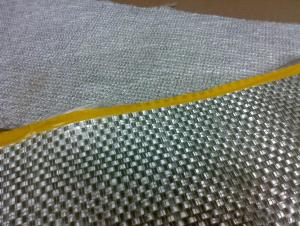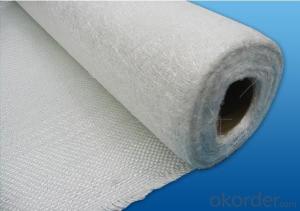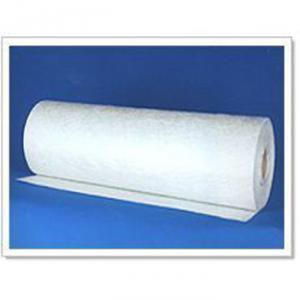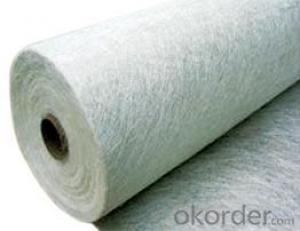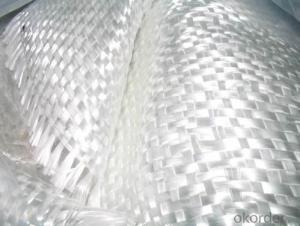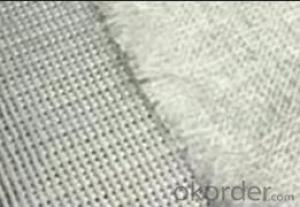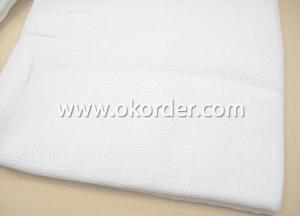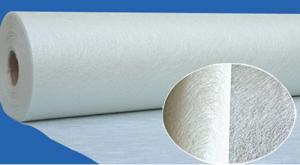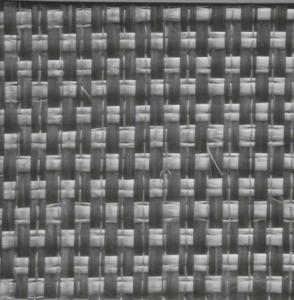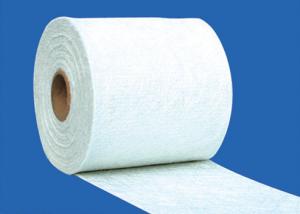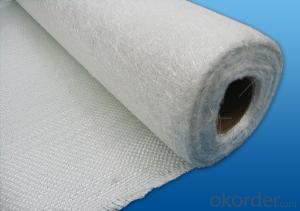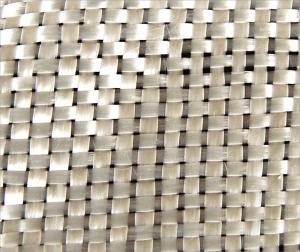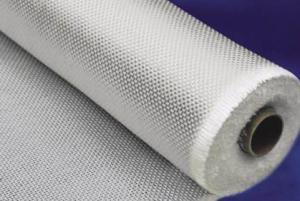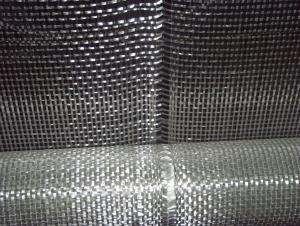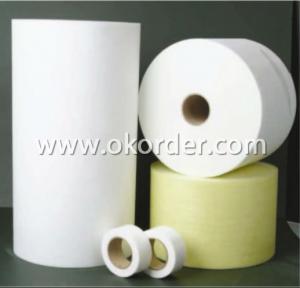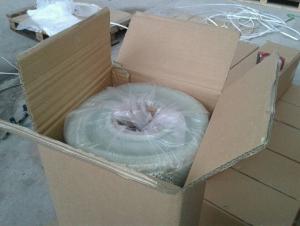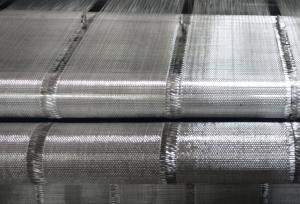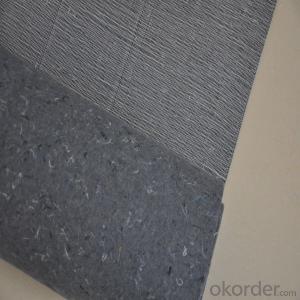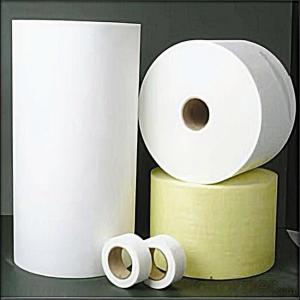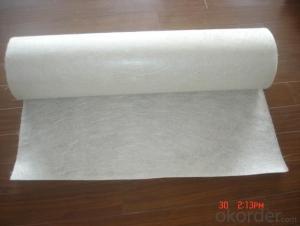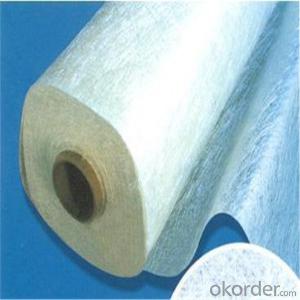Fiberglass Woven Roving Combo Mat
Fiberglass Woven Roving Combo Mat Related Searches
Fiber Glass Mat Fiberglass Roving Rolls Of Fiberglass Mat Glass Fiber Mat Fiberglass Woven Fiberglass Woven Fabric Woven Fibreglass Chopped Strand Fiberglass Mat Owens Corning Fiberglass Roving Fiberglass Chopped Strand Mat Fiberglass Cloth Roll Direct Roving Fiberglass Fiberglass Patio Roof Roll Of Fiberglass Cloth Fiberglass Filament Winding Machine Fiberglass Yarn Fiberglass Roll Up Garage Doors Fiberglass Sheets For Roofing Fiberglass Drywall Epoxy Resin And Fiberglass Cloth Fiberglass Roll Insulation Fiberglass Fabric Zccy Fiberglass Chopped Strand Mat Fiberglass Roofing Tissue Fiberglass Roof Philippines Fiberglass Insulation Blanket Garage Work Mat Car Fiberglass Fibreglass Mesh Tape Fibreglass Batt InsulationFiberglass Woven Roving Combo Mat Supplier & Manufacturer from China
Fiberglass Woven Roving Combo Mat is a composite material made from a combination of fiberglass woven roving and resin. This product is known for its excellent mechanical properties, high strength, and resistance to various environmental factors. It is widely used in industries such as construction, automotive, aerospace, and marine applications due to its versatility and durability.The Fiberglass Woven Roving Combo Mat is utilized in a variety of applications, including reinforcement in composite materials, insulation, and structural components. It is particularly beneficial in scenarios where high strength and resistance to corrosion are required. This product can be molded into various shapes and sizes, making it a popular choice for custom applications and projects.
Okorder.com is a leading wholesale supplier of Fiberglass Woven Roving Combo Mat, offering a vast inventory of this product to cater to the needs of various industries. With their extensive range and competitive pricing, Okorder.com ensures that customers have access to high-quality materials for their projects and applications.
Hot Products

